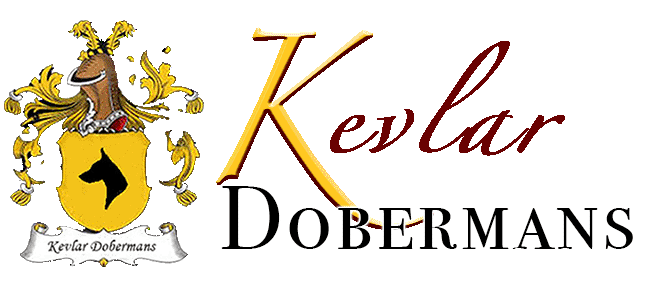Understanding Genetics
HHow does an animal inherit a trait?
Inside each cell, the DNA is bound into a unit called a chromosome. Each chromosome contains hundreds or thousands of different genes. Chromosomes are found in pairs within the cell. Each cell contains two separate copies of each gene (alleles). While a human has 46 chromosomes (23 pairs), a cat has 38 chromosomes (19 pairs) and a dog has 78 chromosomes (39 pairs). The exception to this rule is sperm cells and egg cells. During the formation of these reproductive cells, each cell gets only one copy of each chromosome. Therefore, each reproductive cells contains only one copy of each gene.
HHeterozygous vs Homozygous
Heterozygous refers to having inherited different forms of a particular gene from each parent. Homozygous refers to having inherited the same alleles for a particular gene from both parent
AAutosomal Dominant
For an autosomal dominant disorder, only one copy of a given allele is necessary to produce the trait. If an animal receives an abnormal allele from one parent and a normal allele from the other parent, the abnormal trait will be expressed. Affected animals may express the trait to varying degrees, but all animals who carry a copy of the gene will be affected by the trait. Autosomal dominant genetic disorders are uncommon in breeding, because there are no asymptomatic carriers. All affected animals can be readily detected and removed from breeding programs.
AAutosomal Recessive
With an autosomal recessive genetic disorder, an animal must receive two copies of the abnormal gene (one from each parent) in order to show signs of the disorder. If the disorder is recessive, an animal who carries one copy of the abnormal gene and one copy of the normal gene will not show signs of disease. If two parents who are carriers are bred, however, 25% of their offspring will receive two abnormal copies of the gene and thus express the genetic disorder. Another 50% of their offspring will receive one abnormal copy of the gene and thus be genetic carriers of the disorder. Finally, 25% of their offspring will receive two normal copies of the gene and be unaffected.
IIncomplete Penetrance
Incomplete Penetrance refers to absence of disease despite presence of the dominant disease gene. For example, a dominant disease gene that causes disease 50% of the time is 50% penetrant.
NNEGATIVE / CLEAR [NO VARIANT DETECTED]
No presence of the variant (mutation) has been detected. The animal is clear of the disease and will not pass on any disease-causing mutation.
CCARRIER [ONE COPY OF THE VARIANT DETECTED]
This is also referred to as HETEROZYGOUS. One copy of the normal gene and copy of the affected (mutant) gene has been detected. The animal will not exhibit disease symptoms or develop the disease. Consideration needs to be taken if breeding this animal – if breeding with another carrier or affected or unknown then it may produce an affected offspring.
PPOSITIVE / AT RISK [TWO COPIES OF THE VARIANT DETECTED]
Two copies of the disease gene variant (mutation) have been detected also referred to as HOMOZYGOUS for the variant. The animal may show symptoms (affected) associated with the disease. Appropriate treatment should be pursued by consulting a Veterinarian.
PPOSITIVE HETEROZYGOUS [ONE COPY OF THE DOMINANT VARIANT DETECTED]
Also referred to as POSITIVE ONE COPY or POSITIVE HETEROZYGOUS. This result is associated with a disease that has a dominant mode of inheritance. One copy of the normal gene (wild type) and affected (mutant) gene is present. Appropriate treatment should be pursued by consulting a Veterinarian. This result can still be used to produce a clear offspring.
NNORMAL BY PARENTAGE HISTORY
The sample submitted has had its parentage verified by DNA. By interrogating the DNA profiles of the Dam, Sire and Offspring this information together with the history submitted for the parents excludes this animal from having this disease. The controls run confirm that the dog is NORMAL for the disease requested






